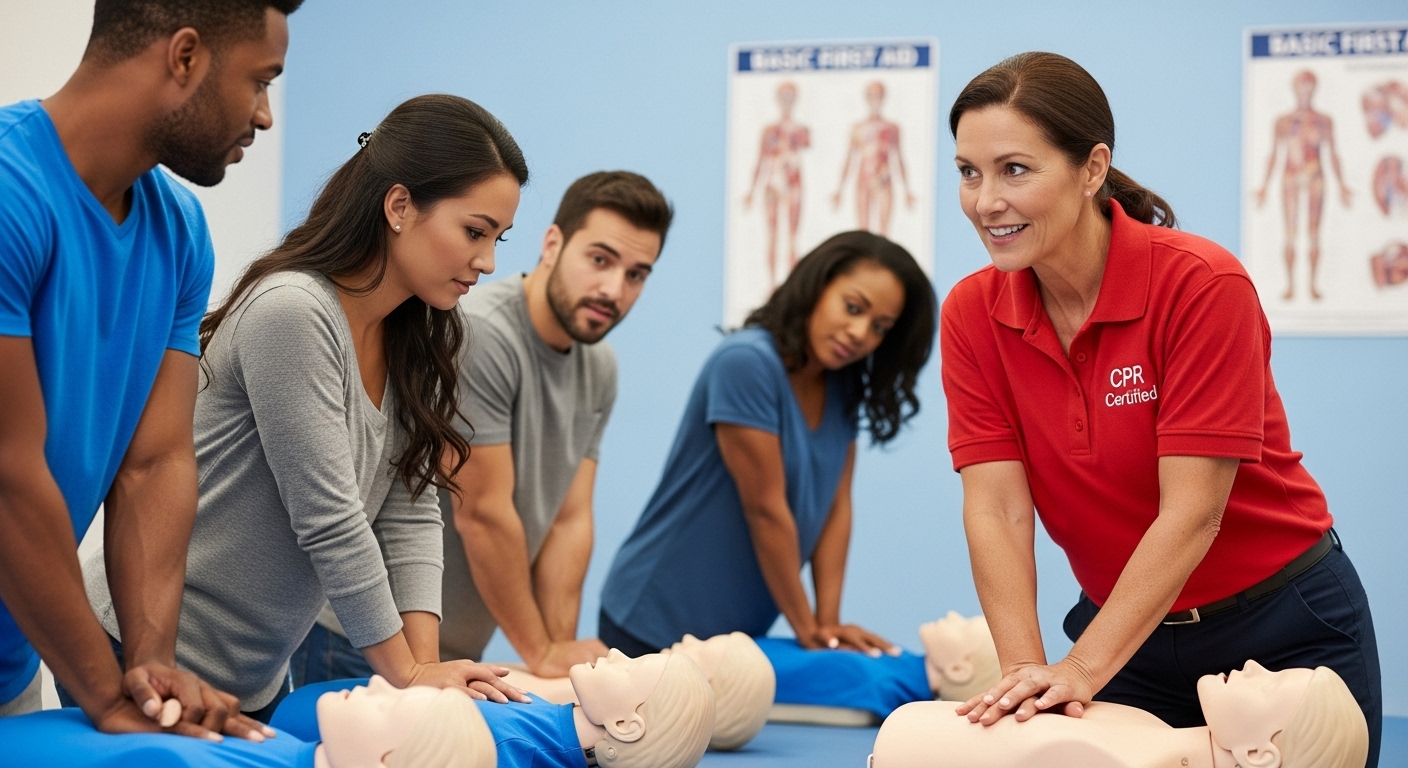In today’s fast-paced and demanding world, finding inner peace and tranquility can be a challenge. With yoga gaining popularity, it’s important to understand the benefits it provides for beginners. However, yoga offers a beautiful path to discover a sense of calm and balance amidst the chaos. If you’re new to yoga and seeking a way to navigate the stresses of life, this blog is the perfect starting point. Join us on a journey of self-discovery as we explore the transformative power of yoga and how it can bring serenity into your life.
Benefits of Yoga for Mind and Body
Yoga is an ancient practice that offers numerous benefits for the mind and body. Practicing yoga regularly can improve flexibility, balance, strength, and overall physical health. Yoga also promotes relaxation, reduces stress levels, and helps manage anxiety and depression. It has been shown to reduce inflammation in the body, which can help prevent chronic diseases like heart disease and diabetes.In addition to physical benefits, yoga also has significant mental health benefits. Yoga helps practitioners develop mindfulness skills that can improve concentration, focus, and decision-making abilities. Mindfulness practices are especially beneficial for reducing symptoms of anxiety and depression in individuals who struggle with these conditions.
Overall, the benefits of practicing yoga are numerous. Whether you are looking to improve your physical health or reduce stress levels, incorporating yoga into your daily routine can have a profound impact on your overall well-being.
How Yoga Helps with Stress Management
Yoga has been known for centuries to promote relaxation and calmness. In a world where stress is one of the leading causes of health problems, yoga can be a powerful tool to help manage stress. The physical practice of yoga helps release tension in the body, while breathing techniques promote deep relaxation.One way yoga helps with stress management is through its focus on mindfulness. Mindfulness involves being present in the moment and cultivating an awareness of your thoughts and emotions. Through the practice of mindfulness, you can learn to recognize when you are feeling stressed or anxious and develop strategies to cope with those feelings.
In addition, practicing yoga has been shown to decrease levels of cortisol, a hormone released by the body during times of stress. This reduction in cortisol levels can lead to a decrease in symptoms associated with anxiety and depression. Overall, incorporating yoga into your daily routine can have numerous benefits for both your mental and physical health.
The Philosophy Behind Yoga
Yoga is more than just physical exercise; it’s a philosophy that dates back thousands of years. At its core, yoga is about cultivating a state of calm and mental clarity through the practice of physical postures, breathing techniques, and meditation.The philosophy behind yoga is founded on the belief that our bodies and minds are interconnected. By addressing imbalances in our physical bodies, we can also address imbalances in our mental and emotional well-being. Through regular practice, we can learn to quiet the mind and connect with our true selves.
One of the key principles of yoga is ahimsa, or non-violence. This principle encourages individuals to act with compassion towards themselves and others. It’s a reminder that we should strive to live in harmony with the world around us rather than seeking to control or dominate it. As we cultivate a deeper understanding of ourselves through yoga practice, we can also develop greater empathy for those around us.
Basic Yoga Poses for Beginners
One of the most significant aspects of yoga is developing a connection between the mind and body. Practicing basic yoga poses can help achieve this connection and lead to better balance, flexibility, and strength.
The Mountain Pose (Tadasana) is an excellent pose to start with as it helps in improving posture. Stand with your feet hip-width apart, arms on either side with palms facing forward, shoulders relaxed, and legs straight. Take deep breaths while standing tall and focusing on grounding yourself.
The Tree Pose (Vrikshasana) is another beginner-friendly pose that improves balance and concentration. Place one foot on the opposite thigh while keeping your hands in a prayer position at your chest. Focus on a point in front of you to help maintain balance
Breathing Techniques in Yoga
One of the fundamental aspects of yoga is breath control. Yoga teaches us to use our breath to connect our mind, body, and spirit. Through the practice of pranayama, or breathing techniques, we can learn to calm the mind, reduce stress and anxiety, and improve overall physical health.The three main components of pranayama are inhalation (puraka), retention (kumbhaka) and exhalation (rechaka). Various breathing techniques like Ujjayi breath, Nadi Shodhana Pranayama or alternate nostril breathing and Kapalbhati help to balance the nervous system, increase lung capacity, boost immunity and promote a sense of relaxation.
The key is to focus on the breath through each movement in yoga practice. By paying attention to your breath during various poses such as downward dog or warrior pose, you can deepen your stretch while increasing oxygen flow throughout your entire body. Breath work is an integral part of any yoga practice – it helps you stay present in the moment while simultaneously calming your mind and energizing your body.
Pranayama in Yoga
Pranayama is a vital aspect of yoga practice that focuses on breath control and regulation. Derived from the Sanskrit words “prana” meaning life force or vital energy, and “ayama” meaning expansion or extension, pranayama aims to harness and direct the breath to promote physical, mental, and spiritual well-being. By consciously observing and manipulating the breath, pranayama techniques help calm the mind, reduce stress, increase focus, and enhance overall vitality.
Various techniques, such as deep abdominal breathing, alternate nostril breathing, and breath retention, are employed to balance the flow of energy within the body and cleanse the subtle channels. Regular practice of pranayama not only improves respiratory function but also creates a sense of harmony and connection between the mind, body, and spirit. It serves as a powerful tool for self-exploration and self-transformation, allowing individuals to tap into their inner reservoir of peace, clarity, and inner wisdom. Incorporating pranayama into your yoga practice can bring about a profound sense of balance, mindfulness, and vitality in your daily life.
How to Choose the Right Yoga Class for You
Choosing the right yoga class can make all the difference in unlocking inner peace for beginners. With so many types of classes and instructors, it can be overwhelming to know where to start. Consider your goals – do you want to reduce stress or increase flexibility? Are you looking for a more spiritual practice or a physical workout? Research different class styles such as Hatha, Vinyasa, or Restorative and read reviews from other yogis. Attend classes at different studios and observe the teaching style of instructors. Don’t be afraid to ask questions and communicate your needs with the teacher. Remember that finding the right fit may take time, but once you find it, the benefits of yoga can be life-changing.
Yoga and Meditation for Inner Peace
Incorporating yoga and meditation into daily life can bring about a sense of inner peace and tranquility. Through the practice of yoga postures, the body is able to release tension and stress, while meditation helps to calm the mind and reduce anxiety.In combination, these practices help to cultivate mindfulness which can lead to greater self-awareness and a deeper connection to one’s inner self. Yoga and meditation are tools that can be used at any time throughout the day to bring about a sense of calm and balance.
Whether it’s through a guided meditation or a gentle yoga flow, taking even just 10 minutes out of your day for these practices can have profound effects on your overall well-being
Incorporating Yoga into Daily Life
Yoga is not a one-time thing. To fully reap its benefits, it’s essential to incorporate it into our daily lives. It’s easy to carve out time for an hour-long class once a week, but the real challenge lies in integrating yoga into our daily routine.
Here are some tips on how to make yoga a part of your everyday life:
– Start with small steps: Begin with gentle stretches and breathing exercises in the morning or before bed.
– Make it a habit: Set aside a specific time each day for yoga and stick to it.
– Be consistent: Even if you only have 10 minutes, commit to practicing every day.
– Take breaks at work: Incorporate stretches and breathing exercises into your workday routine to boost productivity and reduce stress.
– Share the practice: Invite friends or family members to join you in your yoga practice. It can be fun and motivating to practice together.
By incorporating yoga into our daily lives, we can experience its transformative power beyond the walls of a studio or gym. With commitment and consistency, we can cultivate inner peace, strength, flexibility, and overall physical and mental health.
Common Misconceptions about Yoga
Common Misconceptions about Yoga:Despite being in practice for thousands of years, yoga is still surrounded by some misconceptions, which often prevent people from trying it. One of the common myths is that you have to be flexible to do yoga. However, flexibility is not a requirement for yoga and can be developed over time through regular practice.
Another common misconception is that yoga is a religious practice. While yoga has roots in Hinduism, it is not a religion and does not require any specific belief system. Yoga philosophy emphasizes the connection between the mind, body and spirit, but it does not promote any specific religious beliefs.
Finally, some people think that yoga is only for women. The truth is that men have been practicing yoga for centuries and many professional athletes incorporate it into their training regimen. Yoga provides numerous benefits for both men and women alike including improved flexibility, muscle strength and stress reduction.
Conclusion
In conclusion, yoga is more than just a physical exercise; it is a path towards inner peace and self-discovery. Embarking on a yoga journey as a beginner opens up a world of self-discovery, self-care, and inner peace. By incorporating yoga into your daily routine, you can cultivate a sense of calmness, improve your overall well-being, and manage stress effectively and you can have the power to cultivate balance, manage stress, and nurture your overall well-being. Embrace the beauty of yoga, honor your unique path, and unlock the transformative benefits it holds. Step onto your mat and embark on a lifelong journey of self-exploration, growth, and harmony. Remember, as a beginner, it’s essential to practice with patience, kindness, and an open mind. Enjoy the process, embrace the challenges, and celebrate the small victories along the way. Namaste











